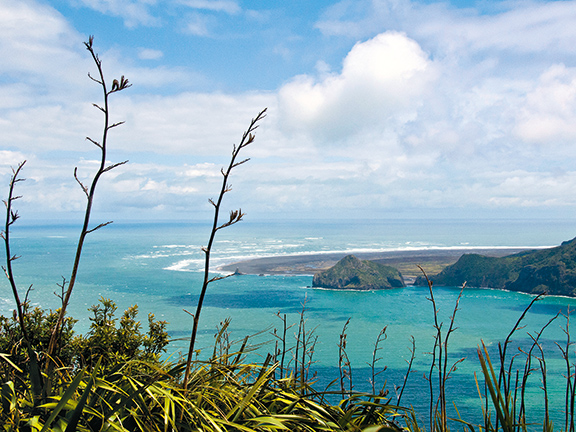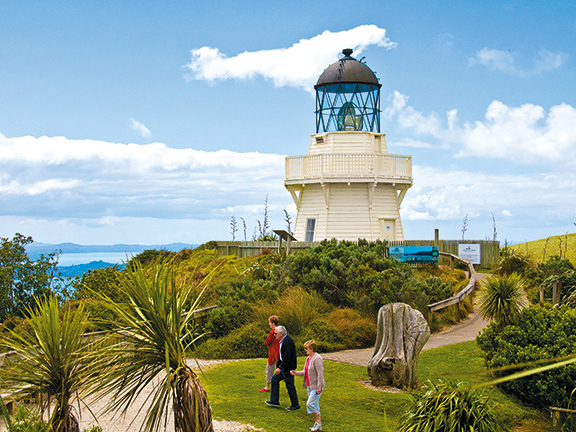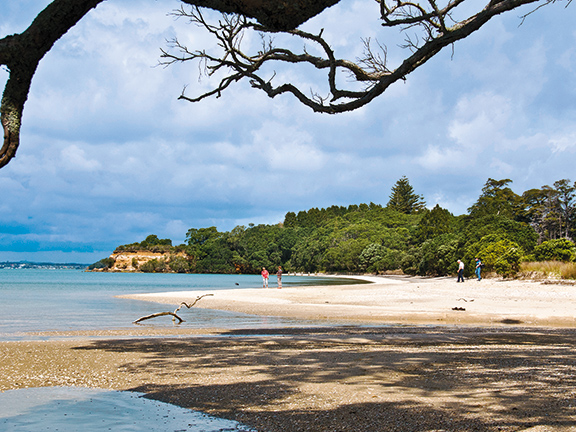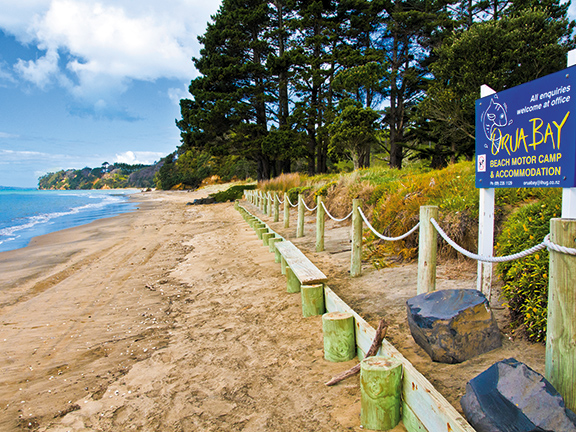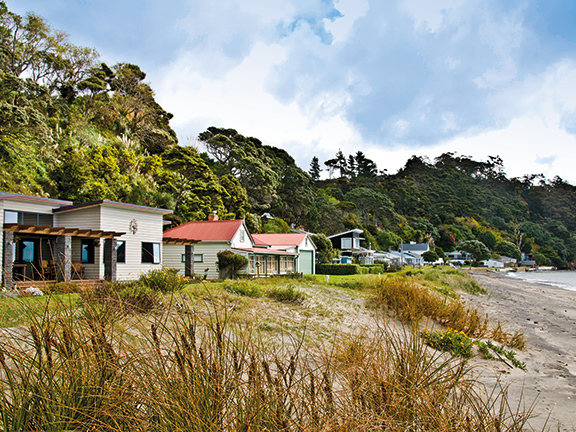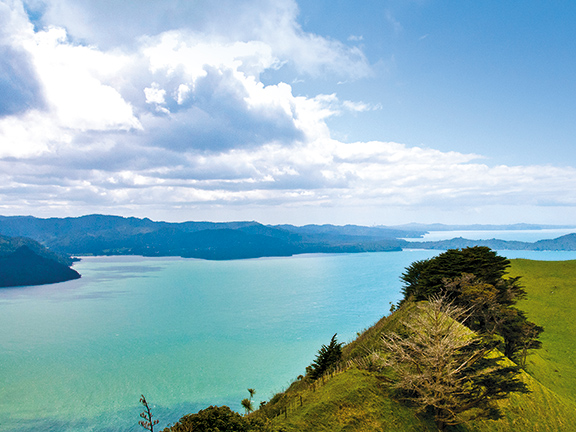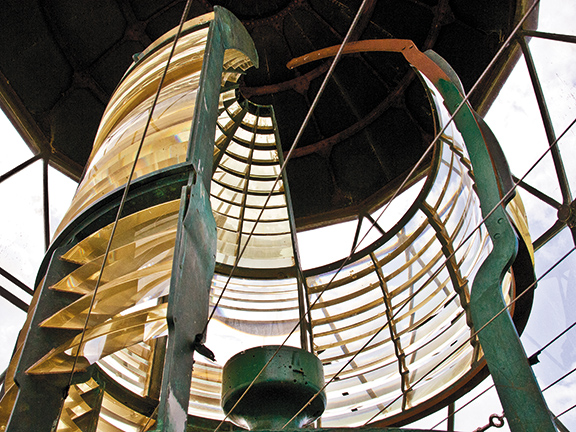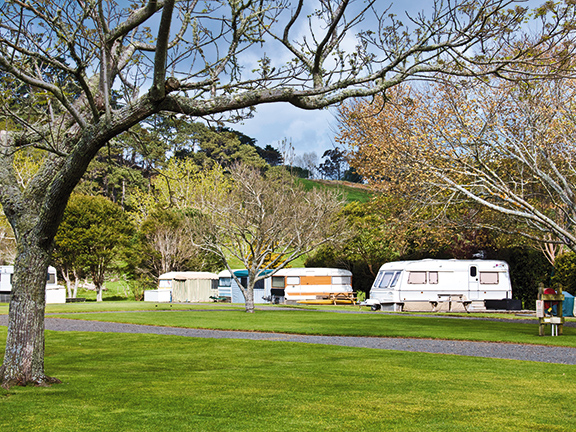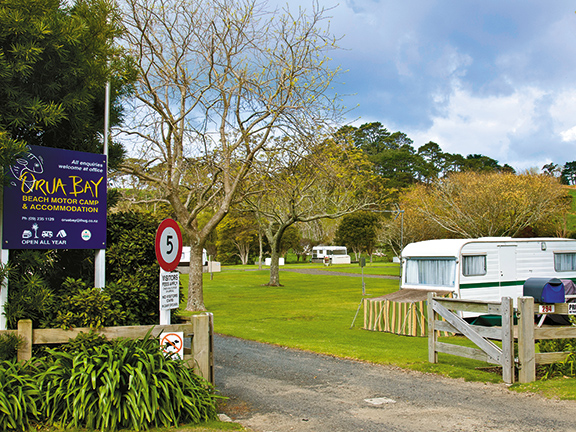I'm always exhilarated to be on the move. And for all the fun and challenges of motorhoming overseas, it's travelling in New Zealand where I really feel I have joined the ranks of the lucky ones.
And so on an auspicious Sunday last month we cast off from the suburbs and – carried along by a tide of high spirits – hauled the caravan to Waiuku, 70km south of Auckland Central with the intention of exploring the Awhitu Peninsula: a crinkled thumb of land, only 40km long that juts into the Manukau Harbour.
Driving to Awhitu
The road north from Waiuku, which ends at the lighthouse at Manukau Heads, is long, curvaceous, undulating and in some places a little narrower than we would have liked. Unexpectedly though, the landscapes along the way are spectacular.
At first we drove past ribbed hills dotted with livestock. But towards the cliffs that form the harbour's southern head the ridges rose higher and higher, soaring dramatically towards a pearly sky; some were dotted with thickets of young kauri and puriri trees, remnants of the forests that once covering the whole peninsula.
The valleys below became so distant and deep we could have been looking at them from a low flying aircraft. Farm homesteads shrank to the size of Monopoly houses and in the distance we caught glimpses of the Tasman Sea.
It was also a stroke of good fortune that Sunday was a high, bright day. Cool zephyrs combed through the long grasses and ruffled the trees tops. It's not always so here: along the way we saw kanuka trees permanently bent double, leaning away from the sea as if in agony. They attest to the force of the westerly winds that scream in from the Tasman on a regular basis.
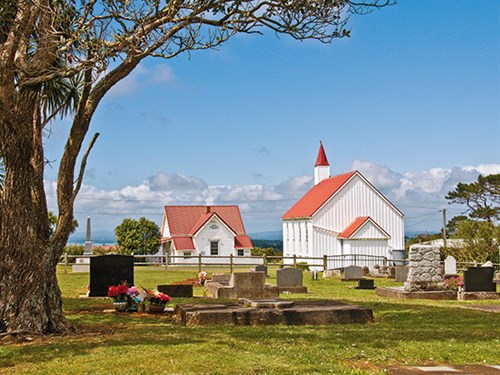
On the north westerly tip of the promontory is the lighthouse, a solid squat building that seems to grow naturally out of the cliff. The Manukau Lighthouse is a replica of the original, first built in 1874, but it still features the original dome.
Standing next me on the lighthouse deck were Ron and Susan from England.
"Wha' a view, eh?" said Ron. "It's such a great country this. We've explored New Zealand by motorhome six times now. New Zealanders don't seem to understand how lucky they are."
I assured him that the luck was not lost on me.
The Orpheus disaster
I turned back to the ocean seascape where great lines of white horses were coming at the land like the charge of the light brigade. The menace in their advance triggered my imagination enough to caste my mind back to 1863 when, in this very place, at the mouth of the harbour luck ran out for 189 souls.
On 31st of January, the modern and powerful steam corvette, HMS Orpheus, tried to enter the harbour. Onboard were supplies and 259 passengers comprising sailors and troops heading for the New Zealand land wars.
Rather than take the safer passage and sail for several more days around North Cape to the Waitemata Harbour, the captain decided to take the shorter route and deliver the goods to the Onehunga wharf in the Manukau Harbour.
It was a bad move: the ship struck the treacherous and constantly shifting Manukau bar and, pounded by a murderous sea, listed and began to sink.
Those that did not end up in Davey Jones' Locker are apparently buried in unmarked graves across the water on the northern head of the Manukau Harbour near Whatipu.
The loss of the Orpheus remains New Zealand's worst maritime disaster and was undoubtedly the catalyst for building the first Manukau Lighthouse ten years later.
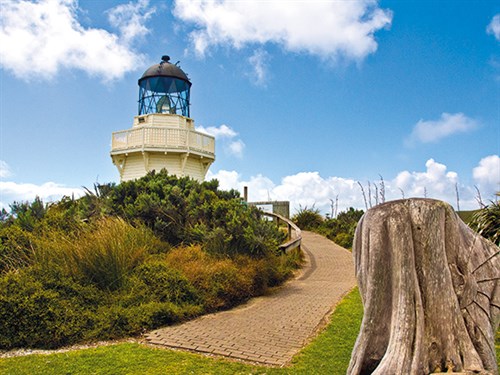
Other Awhitu Peninsula highlights
On the Manukau Harbour coast at the peninsula's top end are some delightful beaches where there is no sign of tempests or capricious seas.
Awhitu Regional Park abuts the long sandy sweeps of Brook and Kauritutahi Beaches. The two camping grounds in the park were closed due to heavy winter rains but the reserve is a lovely spot with a three kilometer walk along Settlers Farm Track. One campsite is close to Brook House (1878) and also incorporated into the park is a nine-hole golf course and a restored wetland.
We have determined to come back in the summer and will also spend a night or two at the spacious and immaculately presented Orua Bay Beachside Motor Camp. Orua Bay is a delightfully peaceful spot where calm waves slop gently against the sand and fishermen line up along the beach in the early morning to try their hand at catching breakfast.
From a fellow explorer we heard about a free camping place at Hamilton's Gap on the edge of a black sand beach and the Tasman Sea at the end of the West Coast Road. Drive through Pollock to the turnoff.
On this road trip, we stayed at Short's POP (CSS vehicles only) just behind Graham's Beach back on the Manakau Harbour side. This is another lovely environment where there are around 15 sites. Even though the weather was cool, there were several other RVs parked up for the night.
At happy hour the small group of us gathered by the beach with our drinks and hors d'oeuvres. We seated ourselves in a row to watch the late afternoon sun trail yellow ribbons across the water and we called our patch the "Waiting for God Bar". It certainly seemed like someplace close to heaven.
For more road trip destinations and motorhome reviews, subscribe to Motorhomes, Caravans & Destinations magazine here.

